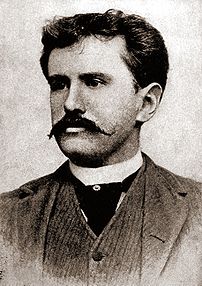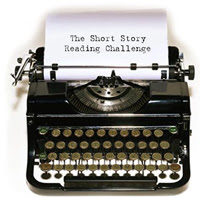
These were adults with too much time on their hands. And didn’t they know that the projector, sound system, and speakers were all Japanese? Their dancing shoes were probably from Mexico or China. America’s jobs were going elsewhere and Americans were just dressing up and playing like kids. Gas prices were high. General Motors was going broke and laying off thousands - and these people were dancing. -From Months and Seasons, Dracula Slinks Into the Night, page 14-
Christopher Meeks stories are full of people who push through the obstacles of life and overcome their deepest fears in order to find joy in living. Months and Seasons, Meeks second collection of short stories is a delightful book which introduces the reader to characters who are ordinary, but in their ordinariness remind us of the common threads which bind people together.
In the story Catalina, we meet a man who is traveling to Catalina via a catamaran. He is grieving the loss of his son.
For the full hour-ride, Daunus sat outside, looking rearward into the gray wake. At one point, a white baseball cap landed in the wake. Someone lost it. His chest felt constricted. Breathing was hard. he’d given this country everything, including now his son. -From Months and Seasons, Catalina, page 37-
He meets a woman on the boat who optimistically tells him that Catalina is ‘like a persimmon - unexpected fruit on a naked tree.‘ The man’s discovery that there is still beauty in the world, despite his devastating loss, allows him to go forward into his life. This simple story is an example of the hope which Meeks infuses into all of his stories as his characters confront their fears of aging, mortality and the sometimes insurmountable challenges of relationships.
In some stories, the characters must battle their own inner demons to make sense of the world and their place within it. In A Shoe Falls, Max must evaluate his marriage to Alice - a woman who clutters the house with her shoes. He wakes from a dream about owing a cab driver $150,000 and thinks:
…if the ride was getting so expensive and monotonous, why hadn’t he asked the cab driver to let him off? Why hadn’t he done more than sit there, bouncing in the back seat pondering his sanity? He was a passive man, goddamn it. -From Months and Seasons, A Shoe Falls, page 72-
Max’s inner journey in this story looks at how one man (who could be any of us) examines his “dreams” in the face of his reality. Will he be able to overcome regret for what he has does not have in order to accept what is?
My favorite story of the collection is Breaking Water - which opens with a supermodel awakening from open heart surgery. Merrill appears to have lost everything of importance in her life - her career as a model, her marriage, and her vision of who she is. She must begin again and turns toward art school as a possible answer.
She also couldn’t draw knees well, or a cat’s mysterious stare, or the hope she had had on her wedding day at the Unitarian Church where the minister’s smile had stretched exactly from pupil to pupil - proportions as perfect as Michelangelo. Merrill, however, could draw losing. It was a mere scratch through a face or a line down the middle of one’s chest. -From Months and Seasons, Breaking Water, page 136-
Merrill’s story is one of falling down and getting back up again; of finding hope in the midst of despair. It touched me.
And this is perhaps the strength of the collection - in showing us the lives of these ordinary characters, Meeks exposes what is human in all of us. Who has never felt life was not living up to expectation? Or looked at the years unraveling and wondered if we had the time to do everything we wanted? Or experienced a loss so big that hope seemed irretrievable? Or found our fears so encompassing we felt paralyzed to overcome them? Meeks explores these ideas with humor and sensitivity, and creates a collection hard to put down.
For those readers who love short stories, Months and Seasons is a must read. Highly recommended.
![]()
Meeks’ is also the author of a previous collection - The Middle-Aged Man and the Sea.
At the end of Months and Seasons, Meeks includes an excerpt of a new book he is working on…a novel-in-stories titled The Brightest Moon of the Century. I read this excerpt and was hungry for more. Meeks characterization of the title character, Edward, reminded me of John Irving’s Garp. I have added The Brightest Moon of the Century to my watch list!








